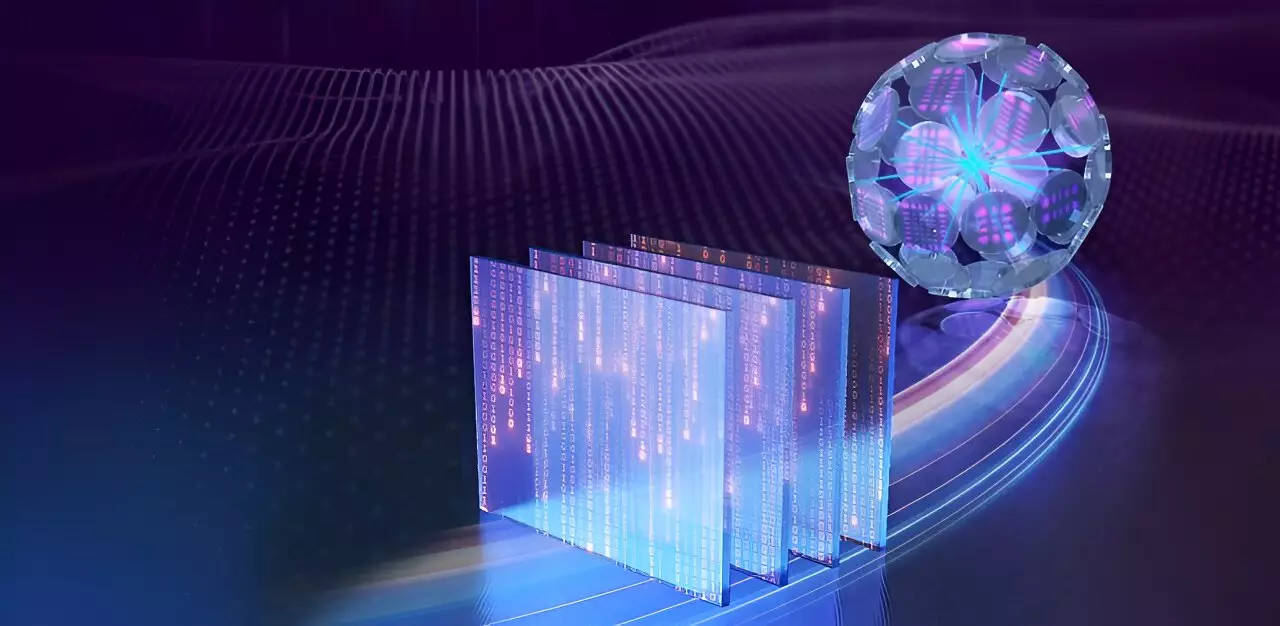Light technology serves as a cornerstone for modern innovations, significantly impacting fields like telecommunications and medical diagnostics. Despite its profound advancements, one of the most persistent challenges remains the transmission of light through various obstructive mediums such as turbulent atmospheres or irregular optical systems. These conditions can lead to distortions and inconsistencies in light propagation, complicating the process of achieving clear and reliable optical results. Researchers constantly seek solutions to these challenges, and a recent study from Soochow University sheds light on a potential breakthrough that could help overcome these limitations.
Featured in the journal *Advanced Photonics*, the research conducted by the team at Soochow University focused on how light behaves as it navigates complex, fluctuating environments. The implications of these findings could extend across numerous applications, notably in improving optical communication systems and enhancing medical imaging techniques. Historically, disturbances such as flickering and deformation of light fields have restricted the practical applications of optical technologies. However, the researchers adopted a novel method utilizing coherence entropy—a statistical measure that quantifies the coherence of light fields subject to random variabilities.
Coherence entropy acts as a global descriptor of light behavior under risky conditions, offering a distinctive framework for understanding how light behaves through disordered pathways. The traditional methods of characterizing the coherence of light proved to be cumbersome and complex, leaving a gap in effective measurement strategies. The Soochow research team implemented a technique known as orthogonal modal decomposition on partially coherent beams, leading to the formulation of coherence entropy as a reliable and practical metric. Their research uncovered that coherence entropy maintains its stability even while light traverses unitary systems presenting complex or deformed optical challenges.
Such consistent behavior is a promising sign that coherence entropy can serve as a significant and dependable indicator of light field performance, especially in non-ideal circumstances. By analyzing its effectiveness in various deformed optical systems, researchers demonstrated that coherence entropy remains resilient against disruption, offering a new standard for evaluating the performance of light fields subjected to challenging environments.
Dr. Chengliang Zhao, the lead researcher, emphasized the transformative potential of this research: “This research represents a major leap forward in our ability to predict and control light propagation through complex environments.” The deployment of coherence entropy as a universal coherence characteristic could yield vast enhancements across multiple fields. Its capacity to enable customized light fields promises to improve the effectiveness of systems operating in less-than-optimal conditions.
The study’s implications extend beyond mere theoretical advancements. Practical applications could arise in various areas, including high-speed optical communication channels that must contend with atmospheric interference and sophisticated imaging techniques that rely on accurate light propagation through distorted media. Coherence entropy could emerge as a pivotal tool for scientists and engineers antagonizing the challenges of light transmission.
As the utility of coherence entropy becomes more embedded in various applications, future research will likely focus on refining this measure and developing new strategies for light manipulation. Understanding and leveraging coherence entropy may lead to the design of advanced optical devices capable of operating seamlessly in unpredictable environments. Moreover, the continued exploration of coherence characteristics could unveil novel applications that were previously thought unattainable.
The advancements in understanding light propagation through complex environments herald a new era in light technology. As coherence entropy provides a more reliable framework for evaluating and managing light behavior, both theoretical insights and practical applications stand to benefit significantly, paving the way for enhanced communication systems and cutting-edge imaging technologies. This breakthrough opens a multitude of doors for further exploration, promising to reshape our understanding and utilization of light in the years to come.

